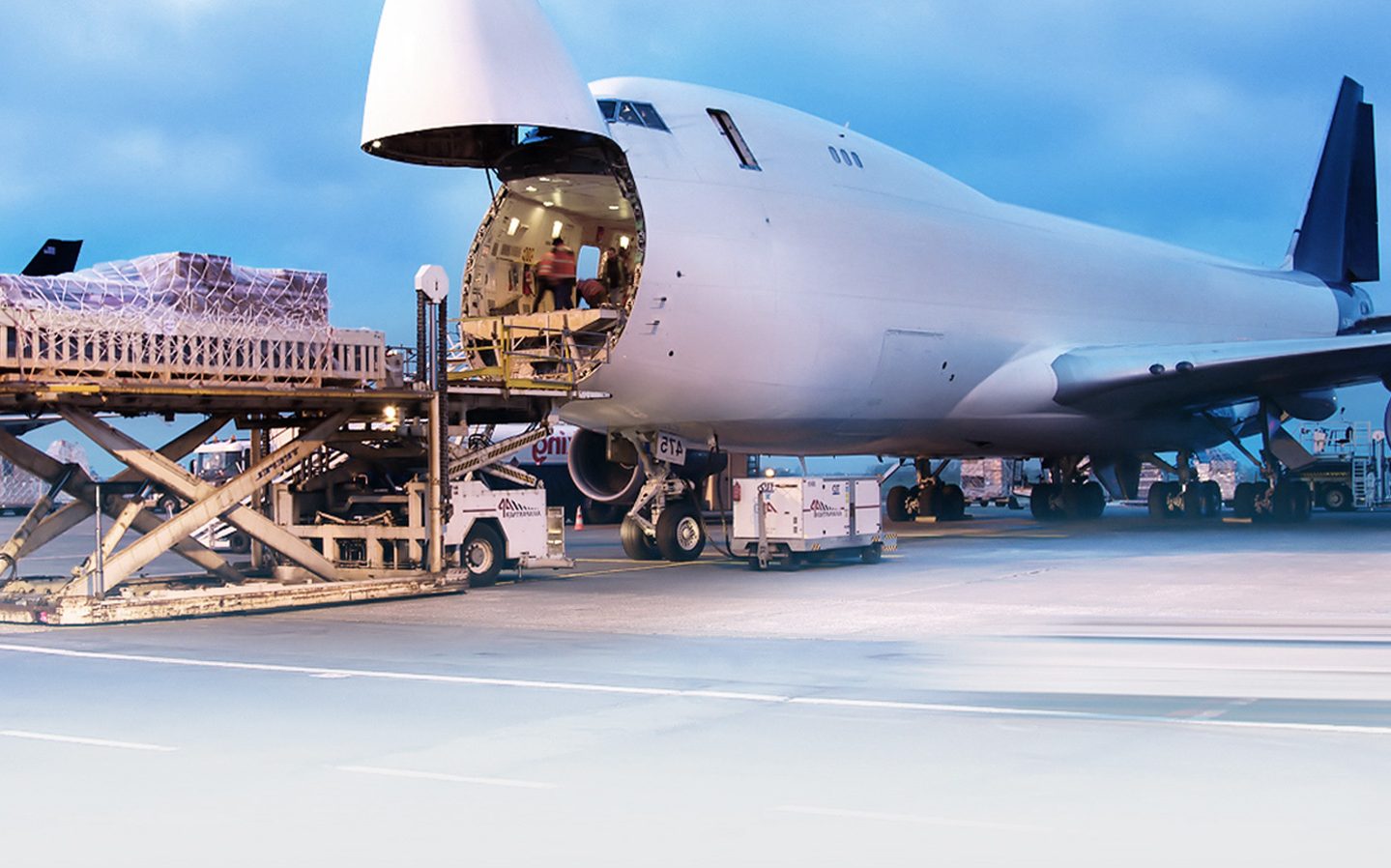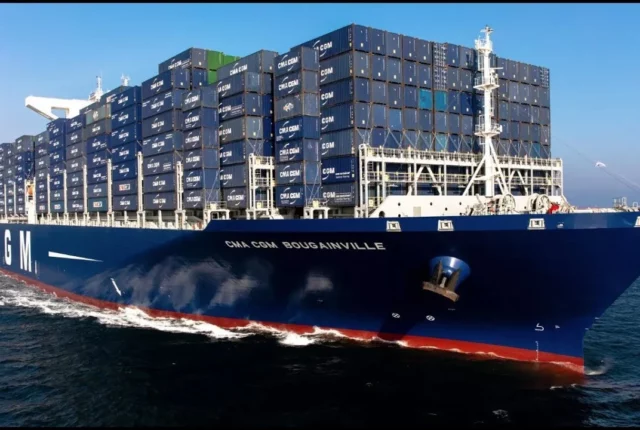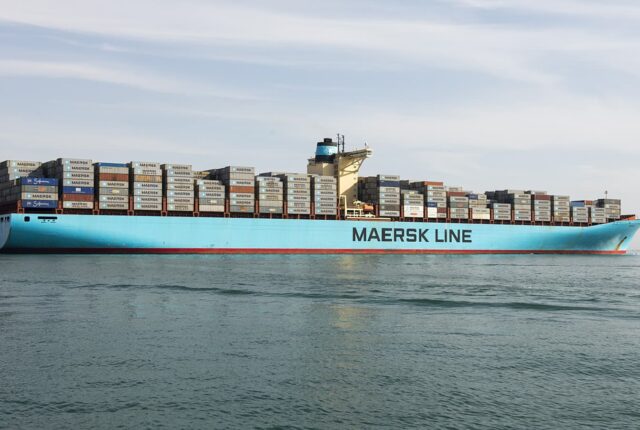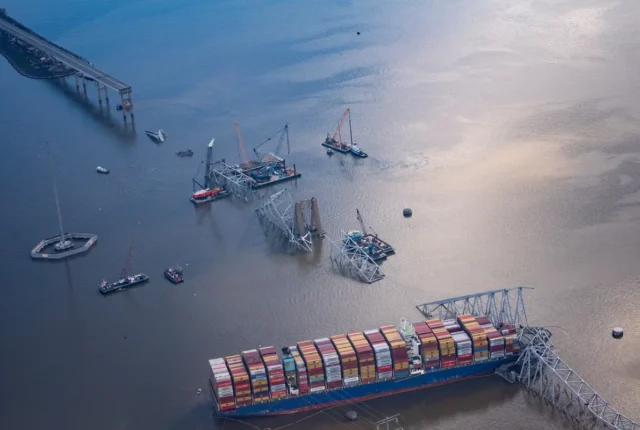
Streamline Supply Chains with Air Freight Efficiency
Imagine you’re sending a letter to a friend across the globe. Would you rather it travel by foot, by car, or by plane? The answer seems obvious, right? That’s the simplicity and efficiency air freight brings to the supply chain world. It’s like choosing the express lane every time.
The Speed of Air Freight
Speed is the name of the game. Air freight is the Usain Bolt of logistics, sprinting past ocean and land shipping with ease. This speed translates to businesses being able to respond to market demands rapidly, launch products quicker, and maintain lower inventory levels.
Enhanced Reliability
With reliability, air freight schedules are as dependable as the sun rising in the East. Compared to sea or land transport, where delays can be as unpredictable as the weather, air freight offers fixed schedules that help businesses plan better and keep customers happy.
Reducing Inventory Costs
Inventory costs can be a heavy burden. Air freight, by speeding up delivery times, allows companies to operate on a just-in-time basis, significantly reducing the need for large warehouses stuffed with stock.
Global Reach
The global reach of air freight is unparalleled. It connects distant corners of the world, ensuring that your products can travel from the factories of Asia to the storefronts of New York in a matter of days.
Environmental Impact
Discussing environmental impact, it’s crucial to note that while air freight is not the greenest mode of transport, advances in aviation technology are steadily reducing its carbon footprint.
Cost Considerations
When it comes to cost, air freight is typically more expensive than its sea and land counterparts. However, when you factor in the benefits of speed and reliability, the cost can be justified for high-value or time-sensitive goods.
Challenges and Solutions
Every rose has its thorn, and in air freight’s case, it’s capacity and weather sensitivity. However, with smart logistics planning and the use of alternative airports, these challenges can be mitigated.
The Role of Technology
Technology plays a pivotal role in air freight’s efficiency. From tracking and tracing shipments in real-time to using AI for optimizing routes, tech is the backbone of modern air logistics.
Future Trends in Air Freight
Looking ahead, future trends include the increased use of drones for last-mile deliveries and sustainable aviation fuels to reduce environmental impact further.
Comparing Modes of Transport
Comparing modes of transport, it’s clear that each has its place in the logistics ecosystem, but air freight’s speed and reliability make it indispensable for certain types of shipments.
How Businesses Can Leverage Air Freight
Businesses looking to leverage air freight should consider the nature of their products, evaluate costs versus benefits, and partner with reliable logistics providers to optimize their supply chain strategies.
Conclusion
In conclusion, air freight is not just about moving goods at breakneck speeds; it’s about creating a more agile, reliable, and efficient supply chain. As the world continues to move at an ever-faster pace, the sky’s the limit for businesses that harness the power of air freight.
FAQs
- How does air freight streamline supply chains? Air freight streamlines supply chains by offering faster transit times, enhancing reliability, and enabling businesses to reduce inventory costs.
- Is air freight more expensive than other modes of transport? Yes, air freight is typically more expensive than sea or land transport, but the cost is often justified for high-value or time-sensitive goods due to the benefits it offers.
- What types of goods are best suited for air freight? Goods that are high-value, time-sensitive, or perishable are best suited for air freight due to its speed and reliability.






